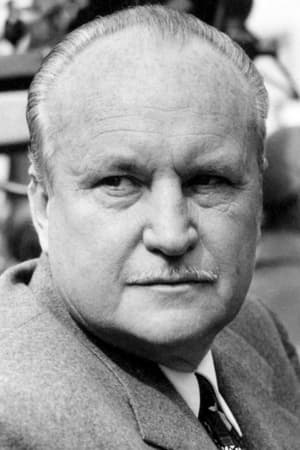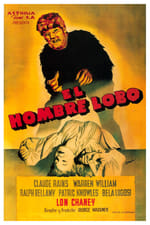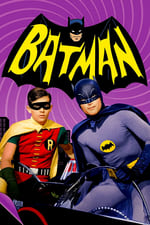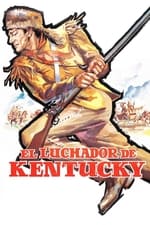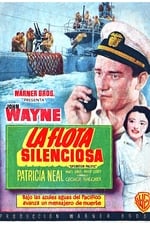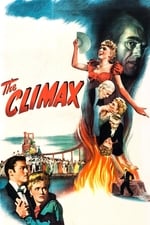Información personal
Conocido por Dirección
Créditos conocidos 94
Sexo Masculino
Fecha de nacimiento 7 de septiembre de 1894
Fecha de defunción 11 de diciembre de 1984 (90 años)
Lugar de nacimiento New York City, New York, USA
También conocido como
- George Waggoner
- George Waggener
- George Wagner
- Joseph West
Puntuación del contenido
100
¡Sí! ¡Buena pinta!
Iniciar sesión para informar de un problema
Biografía
George Waggner (September 7, 1894 - December 11, 1984) was an American film director, producer and actor.
Born in New York City, he made his film debut as Yousayef in The Sheik (1921). He later went on to appearances in Western films. The first film he directed was Western Trails (1938) and his most well-known directorial effort arguably remains The Wolf Man (1941). In the 1960s, he directed episodes of the television series Maverick, Batman, The Green Hornet, and The Man from U.N.C.L.E.. He also directed John Wayne and Oliver Hardy wearing coonskin caps in The Fighting Kentuckian (1949), in which his daughter, Shy Waggner, appeared in a cameo. Waggner's career in film declined in the 1950s, due to the popularity of television, and he eventually moved to television late in the decade. Many of his television credits, such as Maverick and Batman, have his name spelled as "george waGGner." He also directed Red Nightmare, a Cold War propaganda film produced by the Department of Defense and narrated by Jack Webb.
Waggner wrote the film Queen of the Yukon with Jack London. His wife was Danny Shannon. The couple had only one child, Shy, born in 1924. and two grandchildren Sherry and Robert.
Description above from the Wikipedia article George Waggner, licensed under CC-BY-SA, full list of contributors on Wikipedia
George Waggner (September 7, 1894 - December 11, 1984) was an American film director, producer and actor.
Born in New York City, he made his film debut as Yousayef in The Sheik (1921). He later went on to appearances in Western films. The first film he directed was Western Trails (1938) and his most well-known directorial effort arguably remains The Wolf Man (1941). In the 1960s, he directed episodes of the television series Maverick, Batman, The Green Hornet, and The Man from U.N.C.L.E.. He also directed John Wayne and Oliver Hardy wearing coonskin caps in The Fighting Kentuckian (1949), in which his daughter, Shy Waggner, appeared in a cameo. Waggner's career in film declined in the 1950s, due to the popularity of television, and he eventually moved to television late in the decade. Many of his television credits, such as Maverick and Batman, have his name spelled as "george waGGner." He also directed Red Nightmare, a Cold War propaganda film produced by the Department of Defense and narrated by Jack Webb.
Waggner wrote the film Queen of the Yukon with Jack London. His wife was Danny Shannon. The couple had only one child, Shy, born in 1924. and two grandchildren Sherry and Robert.
Description above from the Wikipedia article George Waggner, licensed under CC-BY-SA, full list of contributors on Wikipedia
Dirección
Guion
|
|||||||||||||||||||||
|
|||||||||||||||||||||
|
|||||||||||||||||||||
|
|||||||||||||||||||||
|
|||||||||||||||||||||
|
|||||||||||||||||||||
|
|||||||||||||||||||||
|
|||||||||||||||||||||
|
|||||||||||||||||||||
|
|||||||||||||||||||||
|
|||||||||||||||||||||
|
|||||||||||||||||||||
|
|||||||||||||||||||||
|
|||||||||||||||||||||
|
|||||||||||||||||||||
|
|||||||||||||||||||||
|
|||||||||||||||||||||
|
Producción
|
|||||||||
|
|||||||||
|
|||||||||
|
|||||||||
|
Interpretación
|
||||||
|
||||||
|
||||||
|
||||||
|
Equipo
|
